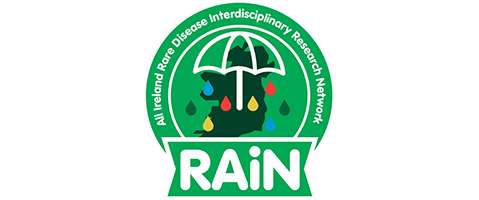Public & Patient Involvement (PPI)
Public and Patient Involvement (PPI) is a way of doing research that supports collaboration between people with lived experiences, researchers, and research institutions. PPI means that research is carried out WITH or BY patients or members of the public rather than ABOUT, TO or FOR them.
People who choose to get involved in PPI are often called PPI contributors and are seen as equal partners in the research projects. The goal of PPI is to improve research and increase the ability of research to make a positive impact.
To learn more about getting involved with the RDCTN PPI Panel, click here.
The Research Cycle
Involvement as equal partners
- Working with research funding organisations to prioritise proposed research projects according to their relevance for those affected by the research
- Providing input into the design of research proposals and patient recruitment plans
- Providing advice on a specific project as a member of a decision-making body
- Contributing to research information materials by providing feedback on them or helping develop them
- Supporting the analysis of research findings and helping to interpret and share these results with those who are likely to benefit most from the research


What do PPI contributors do?
PPI contributors usually collaborate with research teams to share their lived experience of a particular condition or health topic with a view to improving research in this area.
They may join a research team for a specific project/trial. They may be recruited for a longer-term PPI initiative e.g. joining a review board or steering committee that oversees or funds several research studies. They may be recruited for a very short and clearly defined piece of work e.g. co-creation of patient materials.
There is no one size fits all approach to this. Discuss with the research team how you want to contribute in a way that will suit your needs.
The Research Cycle
Involvement as equal partners.
PPI means that patients and/or the public are involved in a research project or initiative as equal partners, for example by:
- Working with research funding organisations to prioritise proposed research projects according to their relevance for those affected by the research
- Providing input into the design of research proposals and patient recruitment plans
- Providing advice on a specific project as a member of a decision-making body
- Contributing to research information materials by providing feedback on them or helping develop them
- Supporting the analysis of research findings and helping to interpret and share these results with those who are likely to benefit most from the research
There are many reasons why PPI is important to health research including:
Quality & Relevance
PPI helps to improve the quality of the research by ensuring that the research being conducted is relevant, asks the right question and meets the needs of the community that it aims to serve.
Acceptability
Proposed research methods should be acceptable to the participants recruited to the study. For example, should participants travel to clinic every week to give a blood sample in addition to their busy appointment schedule or can researchers work this study visit into the patient’s routine appointments?
Feasibility
PPI improves the feasibility of the study by advising on the study design and methods including recruitment e.g. is it realistic to recruit 1000 participants to a trial? As such PPI can help to reduce research waste.
Dissemination
PPI helps to improve how the results of the research are shared, which is called dissemination. Results of the trial should be shared in a way that is easy to understand with those who are most likely to be impacted by the research
Network Partners

















